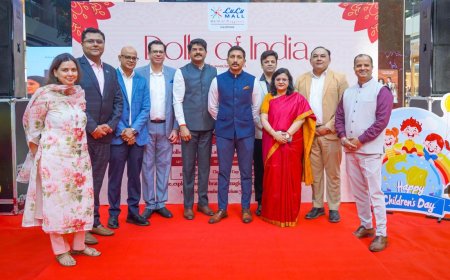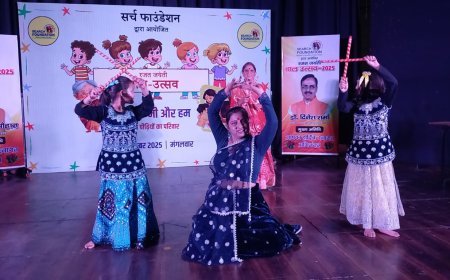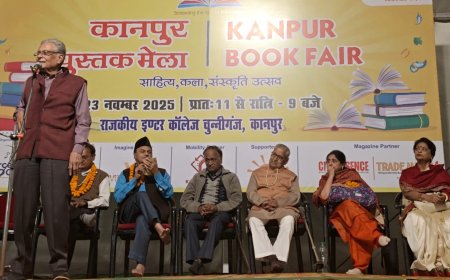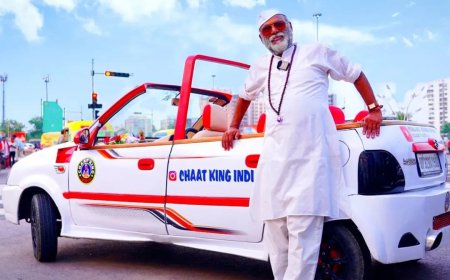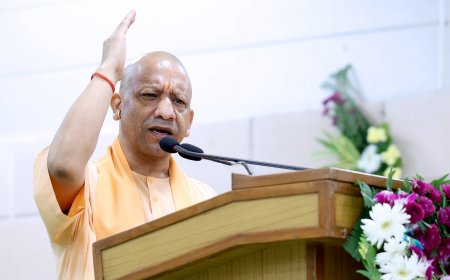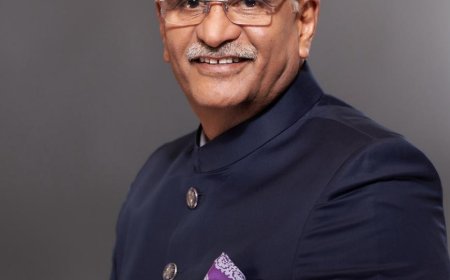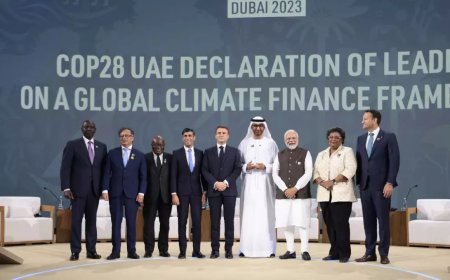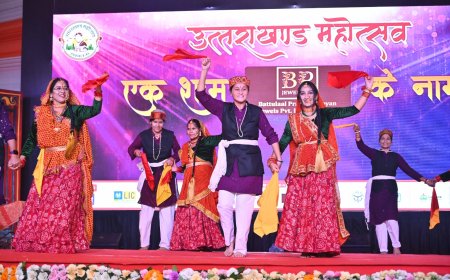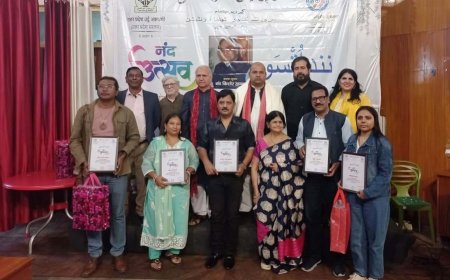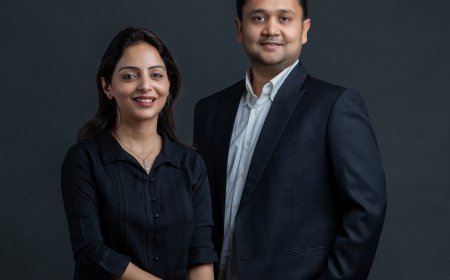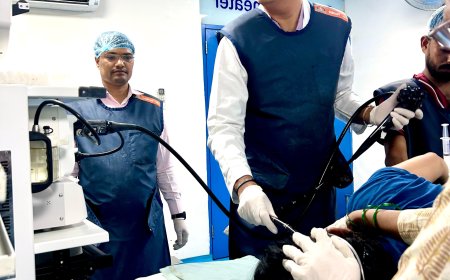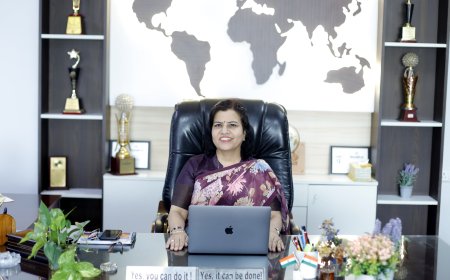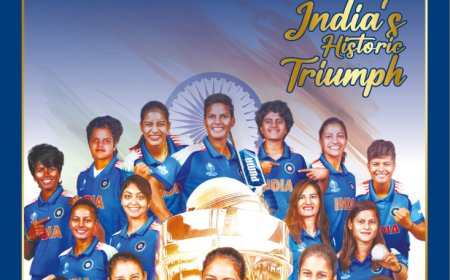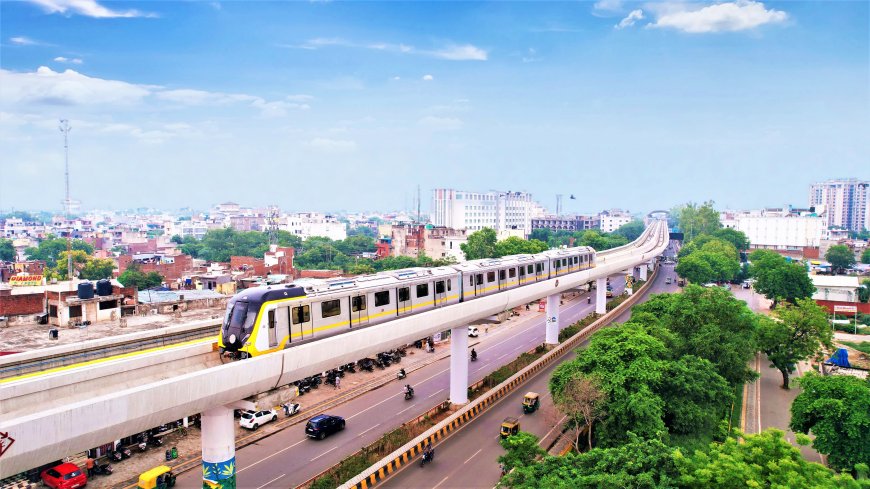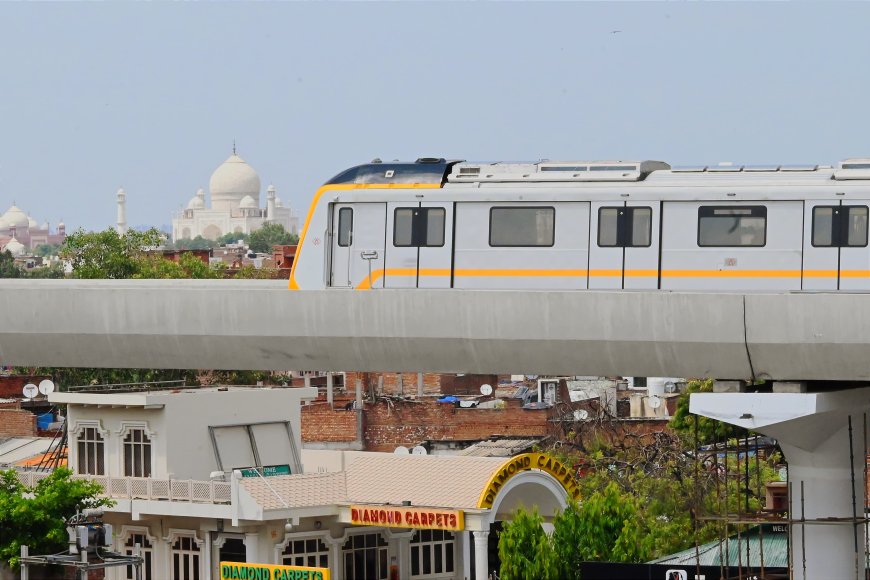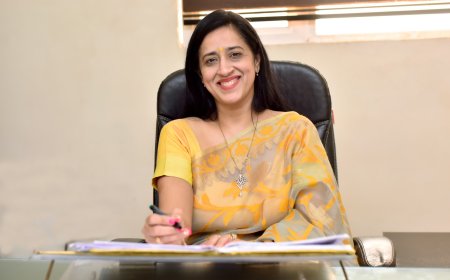COMMUTERS COMFORT & GREEN MOBILITY TOP PRIORITIES - SUSHIL KUMAR , MANAGING DIRECTOR, UPMRC
SUSHIL KUMAR , MANAGING DIRECTOR, UPMRC
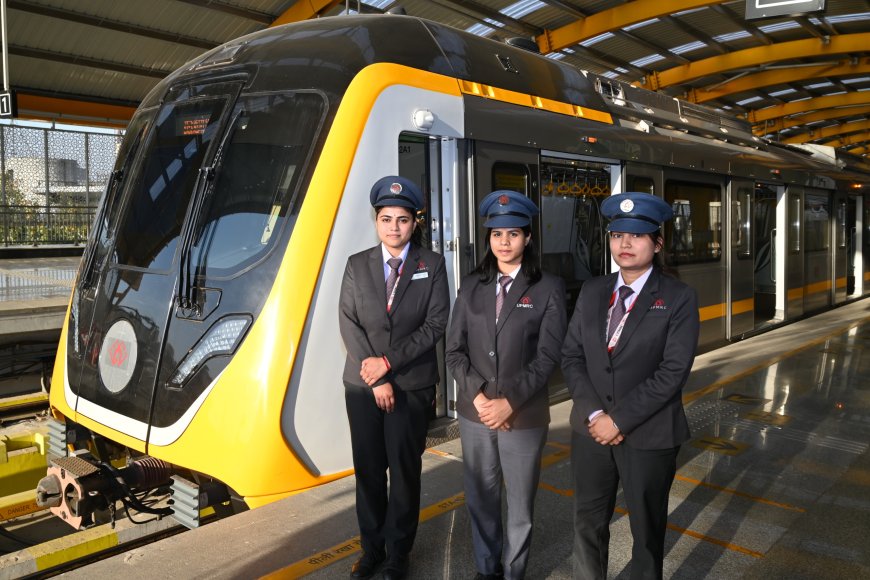
1.Ever since you took over chair of MD/UPMRC how you analyse your Journey, has this journey been challenging or rewarding or both?
Journey with Uttar Pradesh Metro Rail Corporation as the Managing Director has been a very fruitful and full of enriching experience. Needless to say that in every ongoing as well as operational project, there are many challenges which we face on a day-to-day basis and finds its solution as a team.
If we talk about challenges, then yes even after metro project is commissioned and being operated successfully in the city, a section of people still prefers to use their personal vehicles (two wheelers and four wheelers) instead of metro, which adds to congestion on roads and traffic jams. My aim as the MD of Uttar Pradesh Metro Rail Corporation is to get more and more people to opt for metro services as it is a cost effective and environment friendly means of transport. UPMRC has initiated many tie-ups with taxi services like Ola-Uber, Rapido and Wow Taxi to cater to the problem of last mile connectivity. Making this shift and changing the mind-set by making them accustomed to metro travel is a challenge, which we hope to meet successfully gradually.
Increasing non fare box revenue is also one major challenge we face as an organisation. While the fare box revenue generation is more or less fixed for any metro rail organisation as ticket fares are decided after much thought and deliberations keeping in mind the socio-economic and demographic aspects of the city. With dedicated efforts of team UPMRC the nonfare box revenue segment has reached up to 40 percent of total revenue. Non fare box revenue includes earning from advertising on metro property, leasing out spaces etc.
We adhere to our motto of ‘Transporting Happiness’ where we aim to transport not just passengers, but also their comfort and happiness. Over the past one year, we have engaged in almost 500 events and passenger engagement activities at Lucknow, Kanpur and Agra Metro Projects in the past years and we have witnessed an increase in ridership and passenger engagement at all our stations.
2. Six New Corridors in 2025 for Lucknow with regards to the Metro, would you elaborate further?
Services in Lucknow at North south corridor of 23 long stretch is operational since 2019. Its very successful metro route connecting important hubs of the city like Airport, Charbagh Railway station, Hazratganj, Lucknow University, market hubs like Alambah, Bhootnath etc. The proposed second corridor under phase 1A popularly known as East west corridor from Charbagh to Vasantkunj is under approval from central government.
Lucknow city, being the capital of Uttar Pradesh is witnessing a widespread development owing to better opportunities and growth in the city. The population of the city is also increasing day by day, hence a broad network of metro rail for intra city travel and seamless connectivity is the need of hour.
Apart from this UPMRC has undertook a study for more metro routes across the city. Accordingly, as outlined in the vision document for Lucknow city the techno feasibility report, the Master plan and Comprehensive Mobility plan for Lucknow future corridors totalling approx. 140 km have been identified. Similarly based on CMP prepared for Kanpur and Agra future corridors of about 75km and 89 km respectively have been identified.
The corridors have been planned according to the density and expected footfall in the respective areas and a proposal for thought has been presented before the government authorities.
Some important Identified routes for Lucknow are Rajajaipuram to IIM, Charbagh to Kalli paschim, Indira Nagar to CG City, Munshipulia to Jankipuram and CG City to Airport.
3. With East West Corridor, how do you think Lucknow’s rapid transformation will get a further push?
The east west corridor (Charbagh – Vasantkunj) under the phase 1B of Lucknow Metro shall provide seamless travel and enhanced connectivity in the city with 12 stations on the route. The route will comprise metro stations namely Charbagh, Gautam Budh Nagar, Aminabad, Pandeyganj, City Railway Station, Medical Chauraha, Nawajganj, Thakurganj, Balaganj, Musabagh, Sarfarajganj and Vasant Kunj.
The first 7 stations running a length of 6.9 km from Charbagh to Thakurganj are proposed to underground, while the remaining 5 stations shall be elevated.
Recently, the NPG (the Network planning group) in the centre approved the upcoming East West Corridor. The State Government has already granted clearance for this project and the soil testing work for the same have already begun.
The estimated completion time for this corridor is 5 years with an estimated cost of Rs. 5081 crores. The corridor will connect with the existing North – South Corridor at Charbagh Metro Station, which will serve as an interchange station.
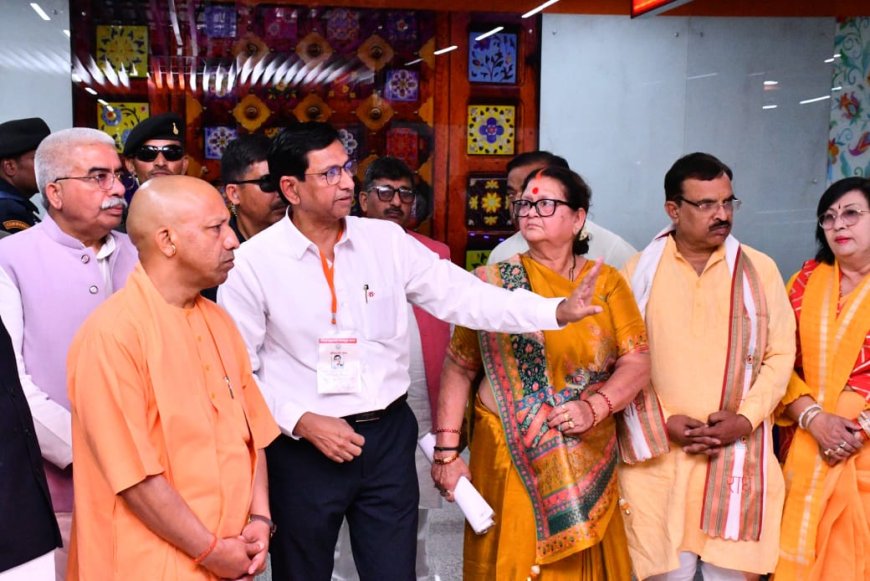
4. With regards to the new phase of Lucknow Metro growth, what are the plans and how are you planning a hassle free execution with minimal obstruction?
The proposed corridors are essentially needed to provide better connectivity for fast movement of the people residing/working in the city of Lucknow. It will ultimately lead to reduction in cost and time of journey, reduced consumption of fossil fuels and thereby reduced environmental pollution. It will directly lead to sustainable growth and development of urban centres by implementing TOD.
It will provide safe and reliable transport to citizens of Lucknow and approximately 40 lakhs people of the city will be benefited by Lucknow Metro.
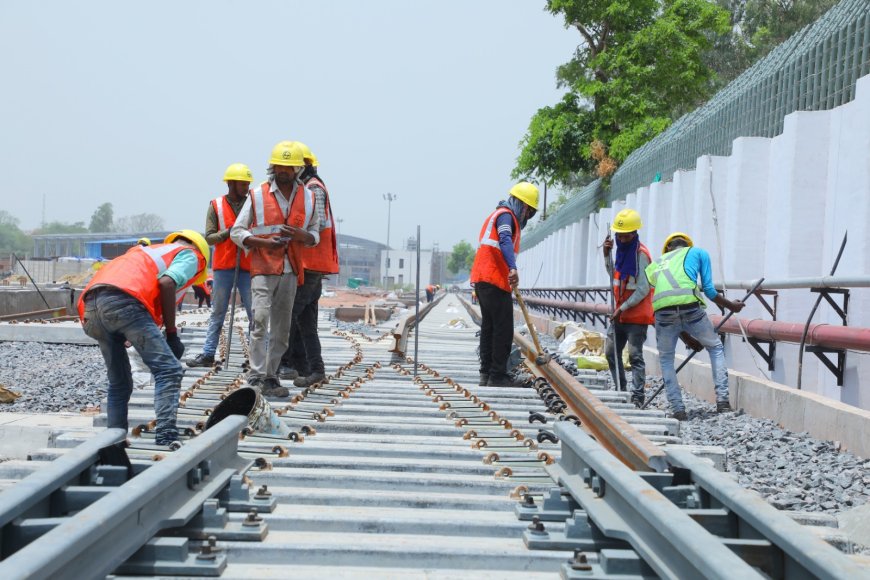
5. Could you bring us up to speed with the status of UPMRC projects pertaining to Kanpur and Agra?
Uttar Pradesh is fast emerging as a ‘Metro’ state with maximum number of ongoing metro projects which are operational as well as in the execution stage. Uttar Pradesh Metro Rail Corporation, after executing Lucknow, Kanpur and Agra Metro Projects is now executing the balance section of Kanpur and Agra Metro Rail Project at a fast pace.
Kanpur Metro was inaugurated by Hon’ble Prime Minister in on 28th December 2021 in a record time of 2 years and 1.5 months in 9km long priority corridor. Kanpur is a densely populated industrial city of Uttar Pradesh. With the population of over 35 lacs, metro system in the city is going to benefit the residential areas, schools, hospitals, colleges, universities and businesses operating in array of segments. Kanpur metro will decongest the areas witnessing traffic congestion. It will save time and money of the commuters. Kanpur have 2 corridors of 32.5 km long, construction in balance section of first corridor and second corridor Is going on full swing.
Kanpur Metro is ready for the expansion of passenger services till Kanpur Central Metro Station very soon and metro shall be operational from IIT Kanpur to Kanpur Central Metro Station, making the inter-city travel easier for the people of Kanpur.
Similarly, Agra being the fourth most populated city of Uttar Pradesh now has a metro system which not only helps in the decongestion of traffic and reduces pollution caused by vehicles, but also helps in multi – modal integration and is making urban transit hassle free.
The world class metro system in Agra was inaugurated by Hon’ble Prime Minister Shri Narendra Modi in presence of Hon’ble Chief Minister of Uttar Pradesh Shri Yogi Adityanath on 6th March 2024.
The Agra Metro Project was executed in a record time and metro services were successfully inaugurated for passenger services on the 6 km long Priority Stretch. UPMRC holds the distinction of fastest construction of the Underground Stretch (3 km underground stretch including tunnel construction in just 11 months). All metro systems have been designed in such a way that they blend seamlessly with the aesthetic of the city and are an unobtrusive means of transport.
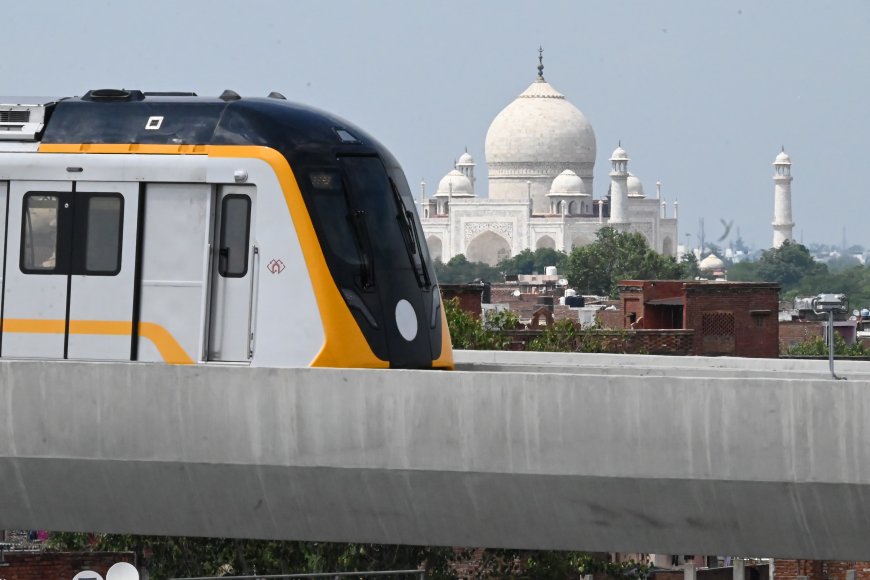
6. For a mass transport system like Metro, how do you innovate in revenue collection models?
A Metro in tear-II city in India having a network of 25-35 Km needs about Rs 125-150 core per year for day-to-day operations after commissioning and most of the Metros in tier 2 cities are able to generate that equivalent revenue from fare and non-fare box. Therefore, such metros are generally not in losses as in cash-in cash-out basis. However, considering according norms, additional revenue is expected to meet the deprecation of asset (about 300 core per year) and loan repayment for funding Institutions.
Under Metro policy, Government of India had an ambitious plan for metro to be self-sufficient even for repayment of loan (about Rs.300-400 crore per year) unlike most of such other Government Institutions for which provision have been made in DPR to get sufficiently large land procured (about 150 hectare) in a metro project from State Government for generating sufficient non-fare revenue mainly to repay loan component.
Uttar Pradesh is first such state to give about 86 hectare of land to Lucknow metro project of UPMRC for which consultant is already in place. Additionally, Uttar Pradesh is one of the first states to issue the guidelines for ToD (Transit oriented Development) policy and creation of “Special Amenities Development Fund” as enabling provision for increasing non-fare box revenue.
Transit Oriented Development
(TOD) Policy: The government’s approval of the Transit Oriented Development policy unlocks a new stream of revenue for the metro system. This policy encourages mixed-use developments in close proximity to metro corridors, attracting investments in commercial and residential projects. Revenue generated from these new constructions, through taxes, fees, and other means, contributes to the financial sustainability of the metro infrastructure.
Property Development Opportunities:
Better connectivity provided by the metro stimulates property development at metro stations. These developments include shops, outlets, restaurants, and food courts, catering to the needs of commuters and residents alike. Revenue generated from leasing out commercial spaces within metro stations adds to the income streams of UPMRC, further bolstering its financial position.
7.UPMRC has always boasted of good ridership, what according to you is making people attracted to this mode of transport?
UPMRC has taken up numerous initiatives which been successfully contributing to the increase in ridership of Lucknow, Kanpur and Agra.
- Public engagement: In my vision metro should not be an infrastructure and just a medium of transport. It should connect people and must become a part of their life like extended family. With this ethos we are connecting with our passengers. On average, an event is being planned at UPMRC stations every two days to engage existing and attract potential passengers. These events include book fairs, carnivals on various occasions and festivals, birthday celebrations, and opportunities to have kitty parties, among others.
- The unique ‘Customer Relation Management’ program of UPMRC is focusing on feedback and complaint redressal within 48 hours by a core Complaint cell team.
- Under the ‘Know Your Metro’ program, UPMRC is conducting workshops in various schools, offices, and institutions along the metro corridor, apprising the audience about the metro route, fare, facilities, and how to use the metro. This is immensely helping in increasing passenger influx.
- UPMRC stations are hosting vibrant and varied food outlets. More than 45 eating points are proving to be useful and attractive for passengers.
- UPMRC’s Excellent Multi-Modal Connectivity is also easing the life of passengers traveling to other cities. Direct landing through FoB at its main Bus Stand, Railway Stations like Lucknow Junction, Charbagh, and Badshahnagar, and 150-meter walking connectivity to the Airport are extending support to thousands of passengers every day.
8. What according to you makes the past year special for the UPMRC when it comes to achievements?
The past year was a very momentous year for UPMRC as we commissioned the Agra Metro Rail Project in a record time. The passenger services of Agra Metro Rail Project were inaugurated by Hon’ble Prime Minister Shri Narendra Modi in presence of Hon’ble Chief Minister of Uttar Pradesh Yogi Adityanath ji on 6th March 2024.
The east – west corridor of Lucknow Metro under phase 1B also got approval from the NPG (National Planning Group) in 2024 which was an important milestone for us.
9. What is the broader vision behind the gamechanger Automatic Train Operation on Agra Metro’s Priority Corridor?
In the ATO (Automatic Train Operation) mode, most of the train operations will be automatic. With this, the safety of metro commuters will become better than before, and the trains will also become more efficient in terms of punctuality. In this mode, since most of the tasks related to operations are automated, the possibility of any human error will also be almost negligible.
In this mode, trains operate under the supervision and control of the ATP (Automatic Train Protection) system without any intervention from the Train Operator. That is, the dependence on the Train Operator for operating trains is reduced and most of the operations-related activities like motoring, braking, platform docking (the opening of doors at designated places on the platform), etc. become automatic. The metro trains become fully equipped to monitor their distance and accordingly, adjust the speed automatically.
10. As the recipient of the Urban Infra Metro Man of the Year 2024 award how do you see the future scope of a more robust urban infra from the UP perspective?
At the Urban Infra Business Summit and Awards 2024 UPMRC was honoured with two prestigious awards for its significant achievements. The award is dedicated to the hardworking team of UPMRC, and it symbolises the commitment of our employees.
The construction on the balance section of Kanpur and Agra is accelerating at a swift pace, and the public will soon benefit from metro services across all the corridors.
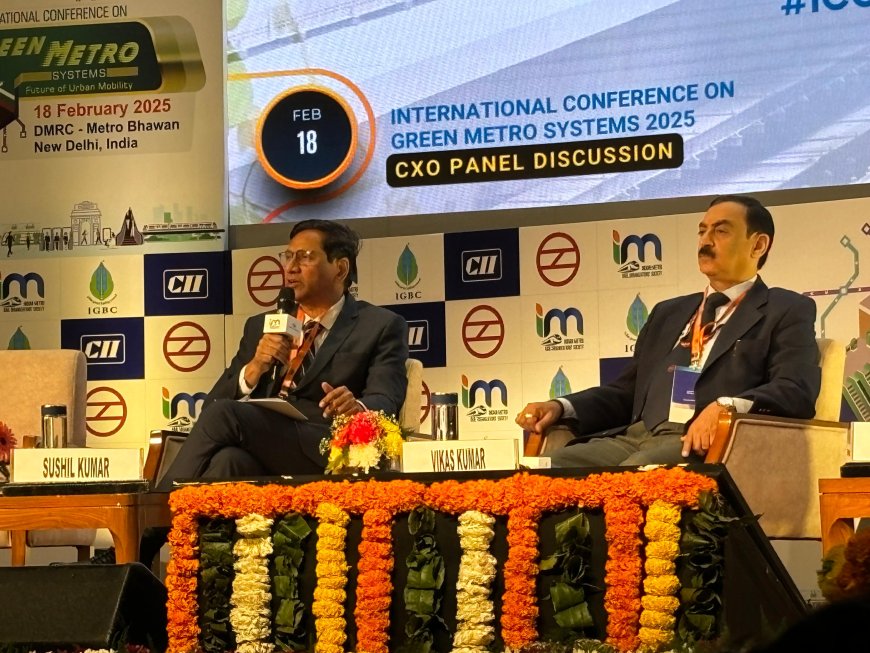
11. From events to literary discourse and food outlets, why does UPMRC see the need for greater hospitality, connect and communication with room for creativity to bloom?
awareness sessions and workshops.
literary works for commuters and book enthusiasts.
their thoughts and ideas.
value to travel, there are many famous eating outlets at prominent places like University, Hazratganj, Airport etc. Airport style eating lounge is available at CCs Airport Metro station provides
very attractive space to commuters.
12. How is the UPMRC ACES collaboration helping fuel a more Digital First Approach?
modes. UPMRC is also using BIM technology for construction (ACE sector) and will use the digital twin for maintenance also. We at UPMRC are also using predictive maintenance using
Computerised Maintenance Management Softwares and it is helping us maintain our fleet better and cheaper. We also use Virtual Reality based simulators for training our train operators and
maintainers.
13. Your message for the commuter who is now an intrinsic part of the Metro phenomenon?
This is definitely an advent of a new era for Uttar Pradesh as it is the only state of India with a maximum number of operational and under-construction metro projects. I feel extremely happy
and proud that the people of Uttar Pradesh have been gifted with 'Green Mobility System'. I am sure with the onset of metro services in various cities people are surely going to be relieved
from the daily traffic congestion and increasing carbon footprint. Along with saving time and money, this smart mobility system will ensure the safety and security of the passengers.
With the consciousness of Environmental and Lifestyle benefits, more and more people are adopting Metros for their Safety, Reliability, Convenience, Affordability and Comfort. This is evident from the ever-increasing ridership of all Metros in India.

What's Your Reaction?







